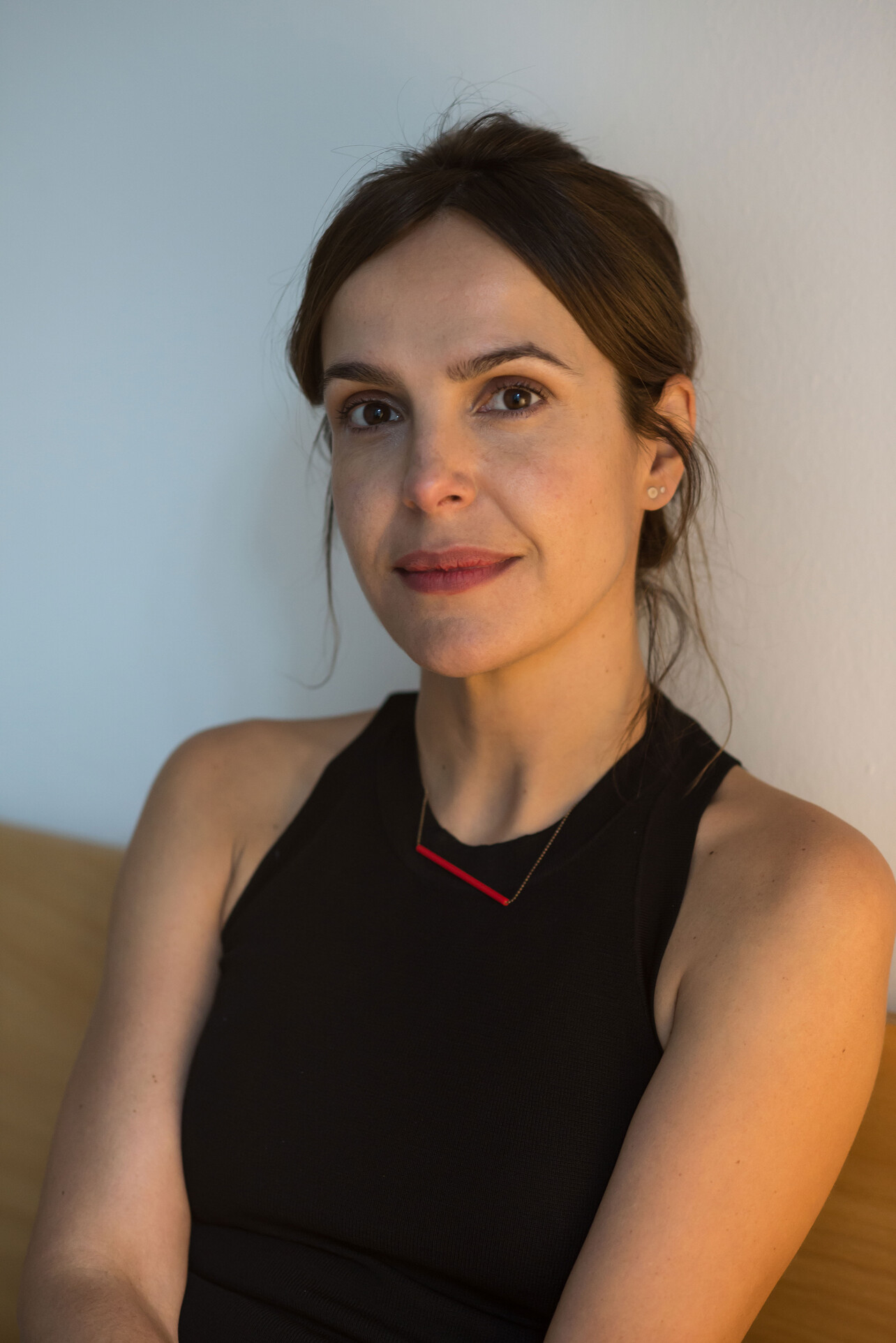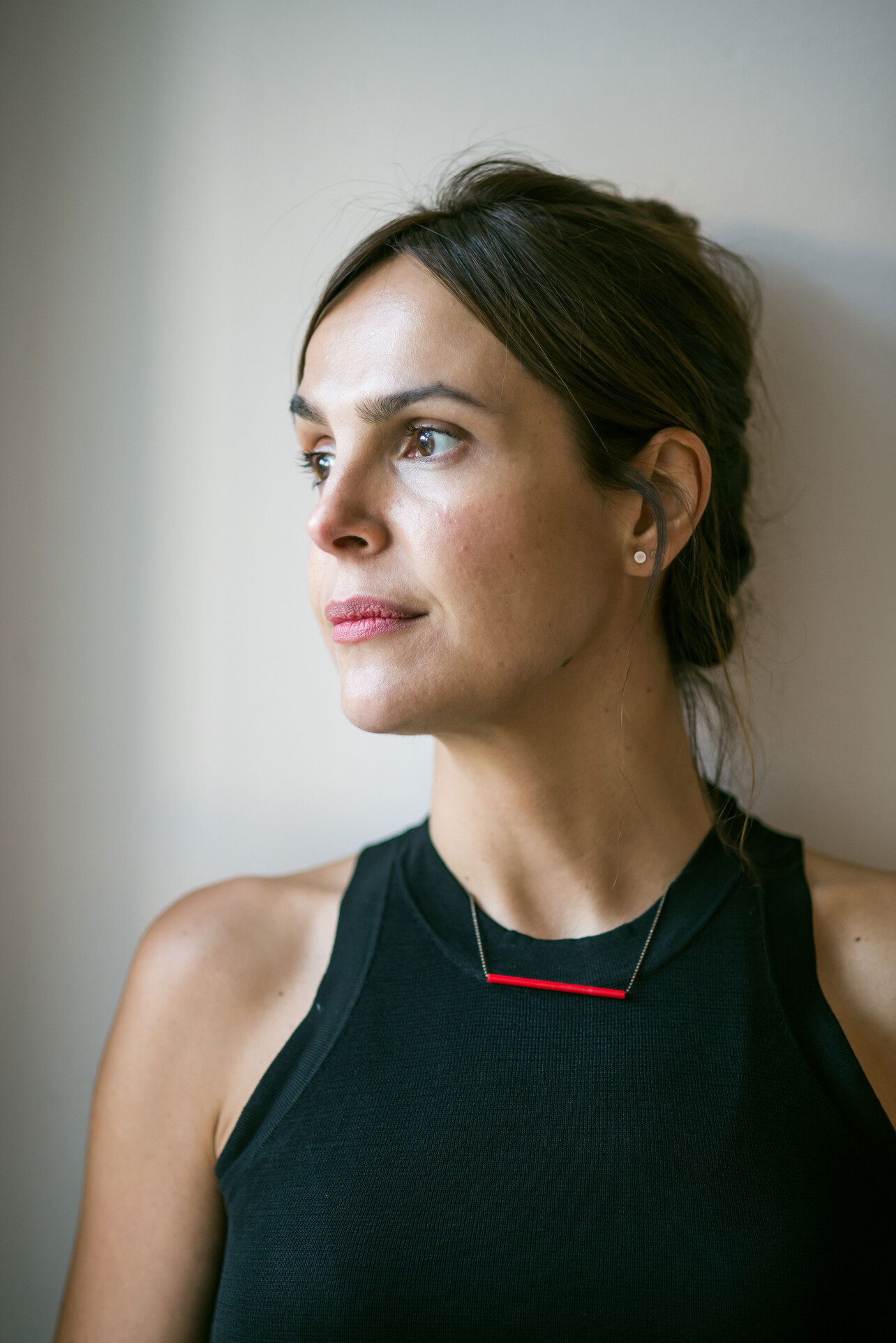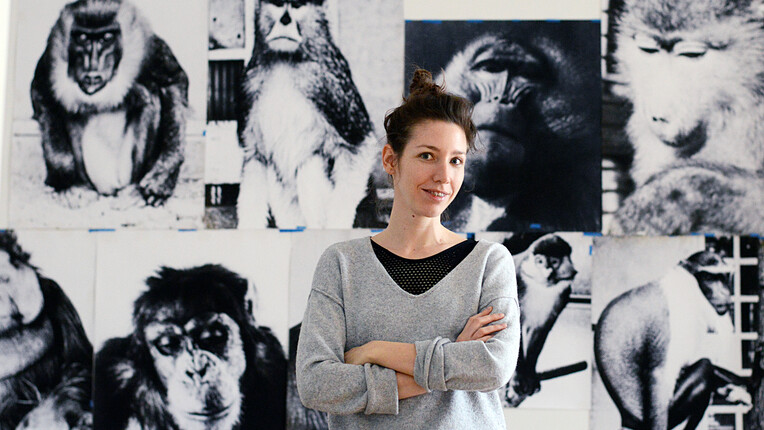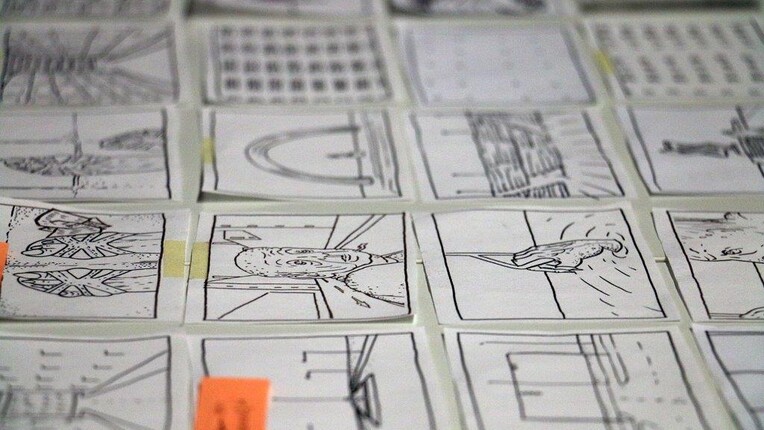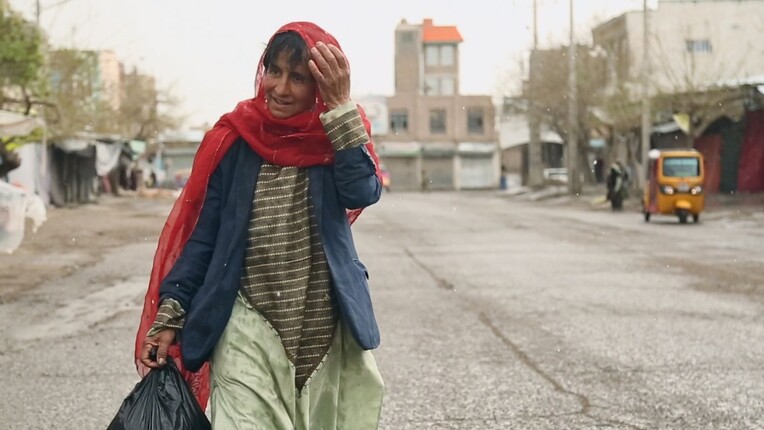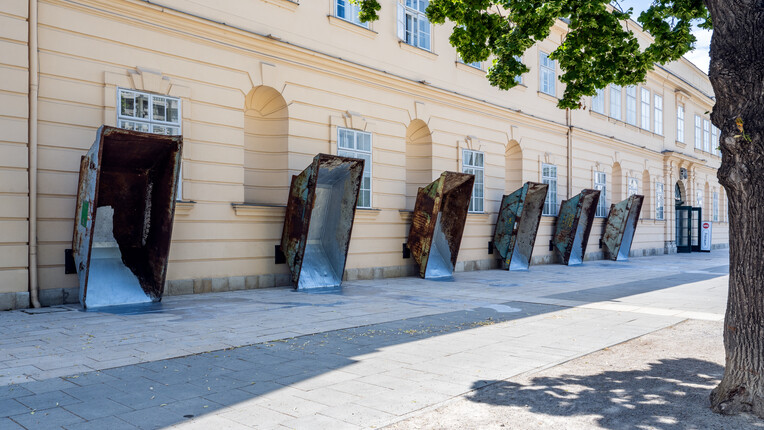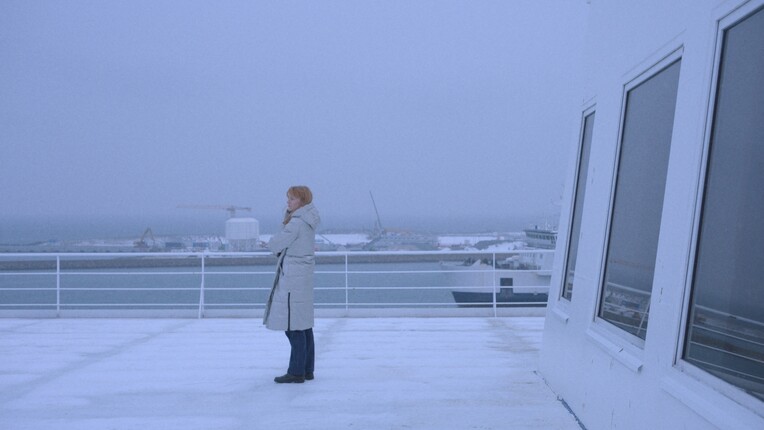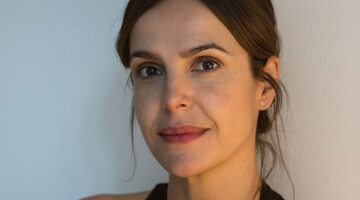
María Molina Peiró: Time and Memory
Artist-in-Residence María Molina Peiró in conversation with Diana Mereoiu (VIS Vienna Shorts)
Interview with Artist-in-Residence María Molina Peiró, conducted by Diana Mereoiu (VIS Vienna Shorts)
Diana Mereoiu: Let’s start by laying the base: your work focuses on time (from personal and subjective, to historical, to geological) and its mental representation, memory. How did this start to fascinate you?
María Molina Peiró: I think the origin of my fascination with memory and the subjective process of time comes from the fact that since I was a child I have been in close contact with people losing their memory. I had a pretty close relationship with one of my grandmothers who suffered from Alzheimer's. The slow evolution of her illness allowed me to share many moments and memories with her throughout the years while allowing me to witness the gradual degeneration of her mind and her stories. All those stories that she shared, again and again, started to become distorted into stories in which facts were lost or mixed-up and where reality was confused with fantasy.
Obviously, it was all a product of her illness, but strangely the way in which her memories evolved, with all those deliriums of fantasy, helped me understand and better get to know who my grandmother really was. This experience had a strong impact on me and kept me fascinated about the relation between memory, identity, and imagination.
In learning more about the topic, which books, thinkers or ideas have been important in shaping how you think about it?
If I have to draw a simple evolution of relevant resources I would start with the concept of “durée” by the French philosopher Henri Bergson and its relation to some
neuroscientific principles related to how we use the same parts in our brain to both remember the past and to imagine the future. The concept of “crystal image” by Gilles Deleuze and its relation to Walter Benjamin´s concept of “now time” have also been quite relevant in my work. This relation can be very clearly observed in my film “Digital Trauma”. During this project, I became very interested in the “dark side” of memory from both an individual and a collective perspective. At that time my reading of “Against Remembrance” by David Rieff and “Memory, History, Forgetting” by Paul Ricœur were crucial references. Concerning “Digital Memory”, the book “Mediated Memories in the Digital Age” by José van Dijck and “A Geology of Media” by Jussi Parikka have also been very influential in my work.
For a long time, we’ve seen the concepts of digital and real and two ends of a spectrum but that notion has been actually changing, whether we realize it or not. In your project, “One Year Life Strata”, you chose to give a physical representation to data. What was once seen in contrasting terms, digital and real become one in your project. Tell us a bit about his decision.
I think that today we are becoming increasingly aware that with the emergence of the internet society, politics, economics, geography, etc have become hybrid entities, where the limits between the physical and the digital, the real and the virtual, become blurred. I think this hybrid state has created disorientation in time and space, a duality we are all still assimilating. I´m pretty interested in this disorientation and its possible consequences as can be seen in other works of mine like “Digital Trauma” or “The Sasha”.
But in the case of "One Year Life Strata", my choice of transforming the digital data into something tangible followed a different impulse: I wanted to bury my digital memory of 2015, all of the data collected during that year, in a time capsule. This data takes the form of layers, that simulate one year of geological records. This time capsule, a topographic section, can be seen as an archeological remain or “techno-fossil”. With this “fossilization” of my year's digital memory, I wanted to make tangible the main idea behind the project “Everything We Are Will Be Forgotten in the Fulness of Geologic Time”.
Popular science still thinks of time linearly. How do you think our popular understanding of time is changed nowadays, if at all?
Every change in technology (from writing to computers) has played a key role in our relation, understanding, and perception of time. The arrival of the internet brought so many new phenomena in relation to it (real-time search, acceleration of time, multitasking, globalized time, etc.), phenomena which have raised interest and popular awareness in the understanding of time, thus changing our linear perspective to a more fragmented one. But we continue to face a previous struggle, that time cannot be reduced to quantifiable discreet units. Instead, it is an internal, subjective state that often clashes with its technical representations. I´m really interested in this specific clash and the way we can represent or narrate different temporal scales. As I previously said, my work has been very influenced by the concept of “durée” by Henri Bergson: The "I" lives in the present with the memory of the past and the anticipation of the future, and they only exist in the consciousness that joins them. In most of my work I find myself struggling to find ways to narrate this vertical understanding of time which I find so crucial to be able to narrate our times.
A vertical understanding of time is actually closer to how certain schools of psychology understand the self, that we’re not just always evolving from our “dial-up version” to “5G”, but that all our different experiences stack upon one another and collectively make “the self”. Was this something that you took into consideration while make your projects?
Memory, which is a fundamental part of our internal perception of time, is crucial to our identity. I didn't do too much research into psychology for my projects but I did do quite a bit of research about neuroscience and its relation to our experience of time and memory. Specifically, I have been looking into the hippocampus and how, strangely, this little area of the brain condenses the concept of time “durée” developed by Henri Bergson. The hippocampus is crucial to remember the past, navigate the present and imagine the future. All these processes don’t happen in the same area of the brain by chance. Memory / Forgetting, Imagination, and Space are strongly interconnected. I like to think about the hippocampus as a secular soul, a crucial part of our identity that can be also seen as Bergson’s consciousness, an abstract space where the complexity of time is sensed and our horizontal perspective has re-arranged it linearly. But we can always change the axis and see that line from a vertical perspective, as a point in space, where our whole existence is melted into “The Eternal Present”. This idea fascinates me and has been an important ingredient in my work.
In short, could you talk about your residency project, how did it go and what was the experience like?
The best thing was sharing the experience with fellow residents who come from such different backgrounds and nationalities. It was very interesting to share ideas about the film I´m working on, "Here Be Dragons (Terra Incógnita)", and have feedback from writers, media artists, animators, etc. The insights and ideas I received from every resident inspired me with new ideas, not just for this film but for new projects to come. I found the multidisciplinary perspective of MuseumsQuartier, which is reflected in Q21, fascinating. We need more bridges between fields and multidisciplinary spaces like MuseumsQuartier all around the world. And last but not least, it was crucial for me to be able to bring my daughters with me to the residency. I think artists who are mothers need more support in the difficult struggle between motherhood and work. If we want equality, big institutions should start giving more space and time for family residencies. I'm very thankful to Q21 and Vienna Shorts for helping me reconcile my work and family life.
María Molina Peiró is a Spanish filmmaker and audiovisual artist, with a background in fine arts. She works in an open format, mixing film, experimental animation and new media. Her films and installations often unfold layered realities that connect humans, technology and nature. She is particularly interested in memory systems (from geology to digital memory) and the relation between cinema and science.
She was invited by VIS Vienna Shorts to spend May 2019 as Artist-in-Residence at Q21/MQ.
